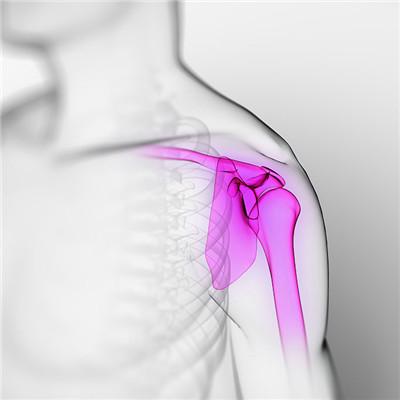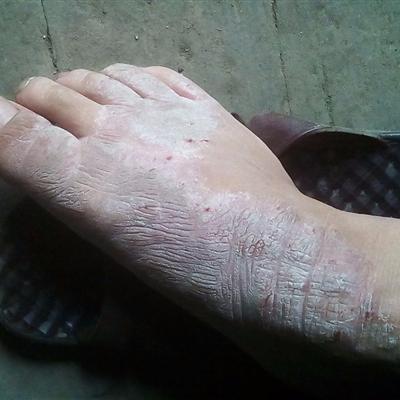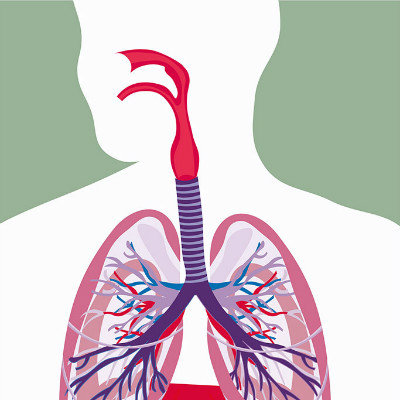Delayed splenic rupture?
summary
There are many people who don't know much about delayed splenic rupture, and even some people have never heard of this disease. But we all know that just because we haven't heard of it doesn't mean it won't happen. We can literally understand the disease of spleen rupture, which is a disease of spleen. So what kind of disease is delayed rupture of spleen?
Delayed splenic rupture?
1. The spleen is located in the lower edge of the left rib of the body. When the lesion occurs, it can become many times larger, even down to the abdominal cavity and pelvic cavity. If there is no chronic fibrosis and other abnormalities, the texture of the normal spleen is equivalent to tofu, which is more fragile than the liver. Although it is protected by the ribs, it is still a abdominal organ that is easy to rupture. According to experts, patients with acute splenic rupture can have relevant clinical symptoms in a short time. Combined with a clear history of trauma and corresponding auxiliary examinations, it is not difficult to diagnose; Delayed rupture of spleen is often missed because of the neglect of patients.

2. How to predict the "coming" of spleen rupture early? The clinical manifestations of splenic rupture are mainly internal bleeding and blood stimulation to peritoneum. The condition is closely related to the amount and speed of bleeding. The patients with large amount of bleeding and fast speed soon developed hypovolemic shock, and the injury was critical; The symptoms of patients with less and slow blood loss are mild, except for mild pain in the left upper abdomen, there are no other obvious signs, so it is difficult to diagnose.

3. With the passage of time, the amount of bleeding in patients with splenic rupture is more and more, the pre shock performance appears, and then shock occurs. The stimulation of blood to peritoneum caused abdominal pain, which began in the left upper abdomen, gradually involved the whole abdomen, and was still obvious in the left upper abdomen. At the same time, there were tenderness, rebound pain and abdominal muscle tension in the abdomen. Sometimes, the left shoulder is involved in pain due to blood stimulation of the left diaphragm, and the pain is aggravated during deep breathing, which is called "Kehr sign". At this time, check blood routine can find red blood cells, hemoglobin and hematocrit progressive decrease, suggesting internal bleeding. Therefore, patients with a history of trauma with or without progressive abdominal pain should go to the emergency surgery as soon as possible and should not delay treatment.

matters needing attention
If there are problems in life, we should find the cause of the problem and deal with it effectively, so as to prevent the occurrence of various diseases more effectively. In our life, we should not only understand the definition of delayed splenic rupture, but also understand the treatment of delayed splenic rupture, so as to better treat the disease. Finally, I wish the patients a speedy recovery and a happy life!















